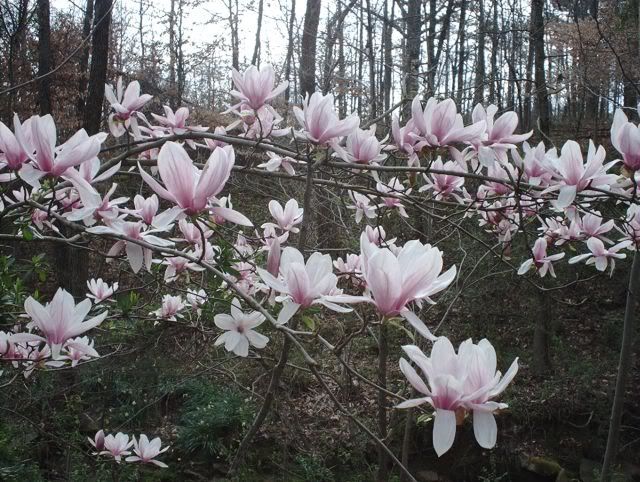We want to plant a flowering tree in the front yard that doesn't get much taller than 30 feet and also provides fruit to wildlife. Flowering crabapple seems fit the bill.
The ones that looked the best at the store were "flame" and "callaway". I looked both up online, and only found information on callaway, which is described as the most resistant to blight. Can anyone shed insight on which variety is better, or if I should look for something else? TIA
The ones that looked the best at the store were "flame" and "callaway". I looked both up online, and only found information on callaway, which is described as the most resistant to blight. Can anyone shed insight on which variety is better, or if I should look for something else? TIA





